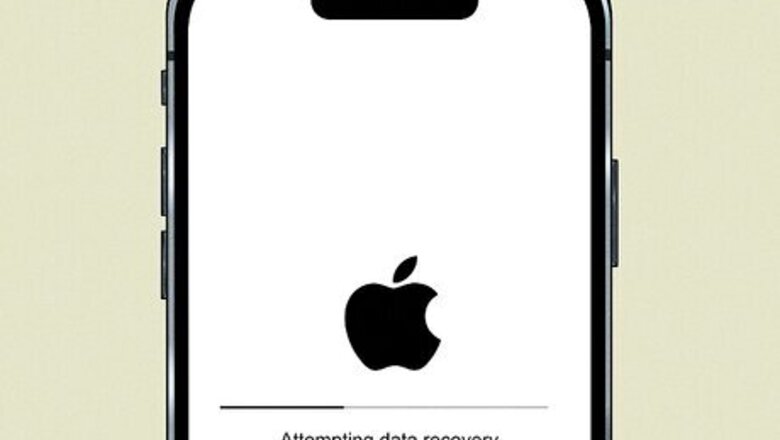
views
What causes the Attempting Data Recovery error?

This error may be caused by a failed iOS update. If something interrupts your iOS update, or if the new system software fails to download or install correctly, your phone might get stuck in an “Attempting Data Recovery” loop. For example, some users report that they get this error if they disconnect their iPhones from the computer while updating with Finder or iTunes. It can also happen if you attempt an update when there’s not enough space on your iPhone.

It’s common when you try to downgrade to an earlier iOS. Apple doesn’t make it easy to downgrade to earlier versions of iOS. In fact, these days it usually isn’t possible except under very specific circumstances. But if you attempt it, you might end up seeing one of these errors.
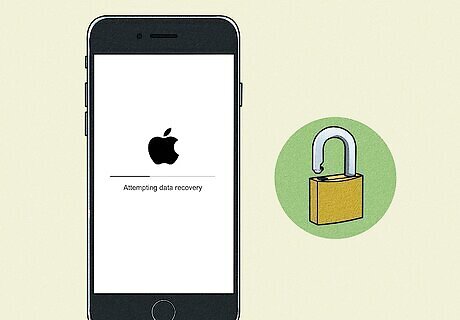
It can happen after you jailbreak an iPhone. Jailbreaking allows you to make modifications and upgrades to your phone that aren’t officially supported by Apple. Unfortunately, it can also cause problems, including “Attempting Data Recovery” errors.
Fixes You Can Try
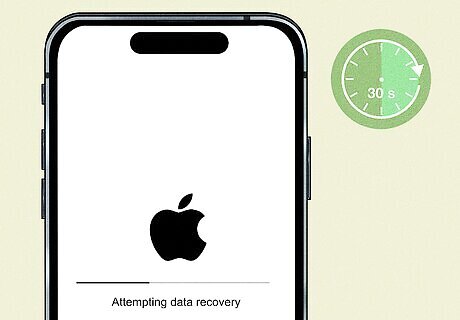
Try waiting it out. Some users report that this error will resolve on its own if you wait for a while (typically about 30 minutes). As frustrating as that can be, it’s preferable to interrupting the process and potentially losing your data.
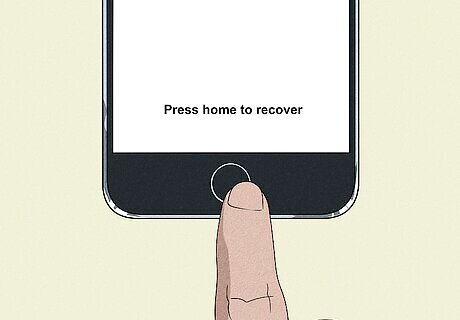
Press and hold the Home button if you have one. On older models of iPhone with the Home button, you might see a message saying Press Home to Recover. Some experts recommend pressing and holding the Home button if you see this message or if your phone is stuck on the “Attempting Data Recovery” screen. After a few minutes, the update may successfully complete. If your phone doesn’t have a Home button, you might see a “Swipe to Recover” message instead.

Force restart your iPhone. If your iPhone is still stuck on the “Attempting Data Recovery” screen, or if it gets caught in a data recovery loop, a forced reboot might be enough to break the cycle. The right way to do this depends on your iPhone model and version of iOS: For newer models running iOS 16 or later, press and release the volume up button, press and release the volume down button, and then press and hold the side button. Release the side button after the Mac Apple Apple logo appears. If you have an iPhone 7 or earlier, OR if you have a newer phone running iOS 15 or earlier, visit this Apple Support page to see instructions for your specific model.
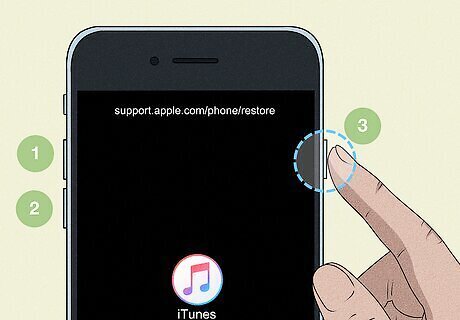
Put your iPhone in recovery mode and reset it if all else fails. Unfortunately, this method will cause you to lose all your data and settings, and you’ll need to install iOS from scratch. However, if you have a backup on your computer or iCloud, you can restore your data after you’re done. Here’s how to put your iPhone in recovery mode: If you’re using a Mac, make sure it’s running the latest version of macOS. On a PC, install the latest version of iTunes or the Apple Devices app. Plug your iPhone into your computer with a USB cable. Launch Mac Finder Finder on a Mac, or open iTunes or Apple Devices on a PC. For most models of iPhones (8 or later), press and release the volume up button, then the volume down button, then press and hold the side button. Keep holding the side button until you see the Connect to computer or Connect to iTunes screen. If you have an older iPhone, check out this Apple Support article for instructions for your model. Click on your iPhone in the sidebar of Finder or the Apple Devices app, or in the top bar of iTunes. Choose the option to Update. If you’d rather not update iOS, you can restore your iPhone without updating instead. Once the update finishes, you can set up your iPhone from scratch or restore it from a backup.
Preventing Future Issues
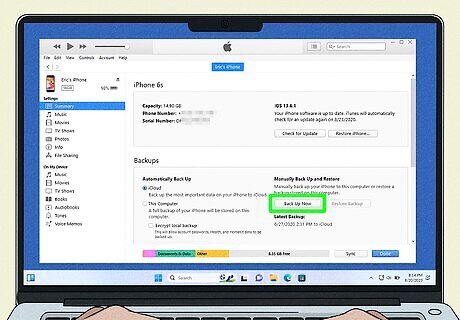
Back up your iPhone frequently. The easiest way to do this is with iCloud, which you can set to do regular automatic backups. If you prefer to back up your iPhone manually, you can do it using Finder or iTunes. This way, in case you do lose your data after encountering the “Attempting Data Recovery” error, you can easily restore it. Apple recommends backing up your iPhone before updating iOS.

Update your iPhone over a stable connection. If your Wi-Fi connection cuts in and out, you are more likely to experience issues during an update. Try to find a place where you can connect to a stable, high-quality network while your phone is updating. If you’re updating your iPhone using Finder or iTunes, make sure not to disconnect your phone from your computer until the process is complete.

Clear out space on your iPhone. You’re more likely to encounter this error if your phone doesn’t have room for an update. If your iPhone’s storage is starting to get full, look for ways to free some of it up.
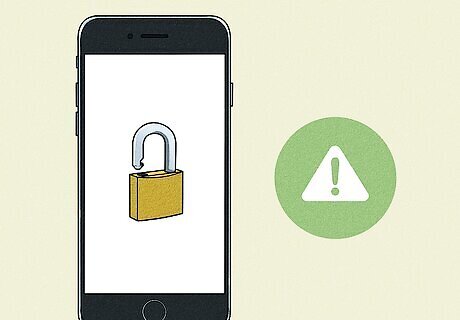
Be cautious about jailbreaking your phone. While jailbreaking your iPhone opens up all kinds of new customization options, keep in mind that it could destabilize your phone and make it harder for you to get support from Apple in case something does go wrong.




















Comments
0 comment